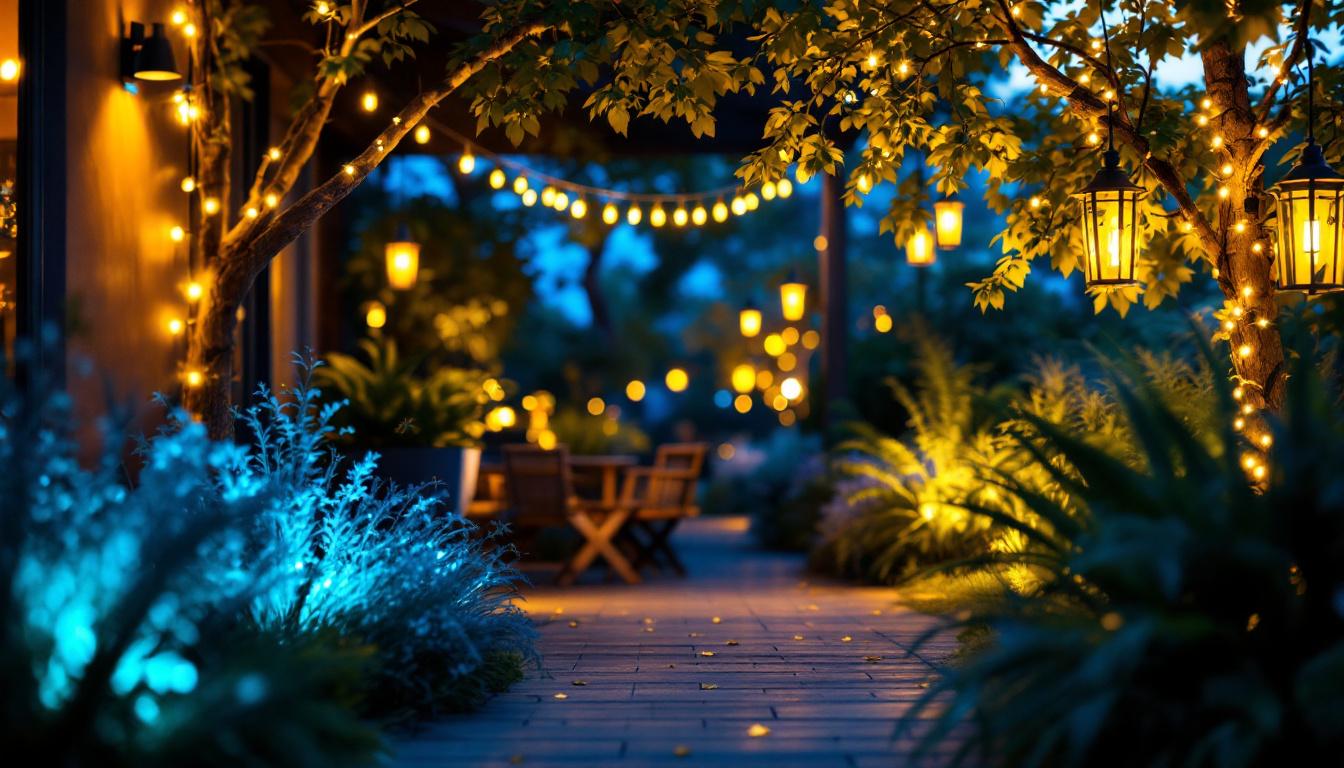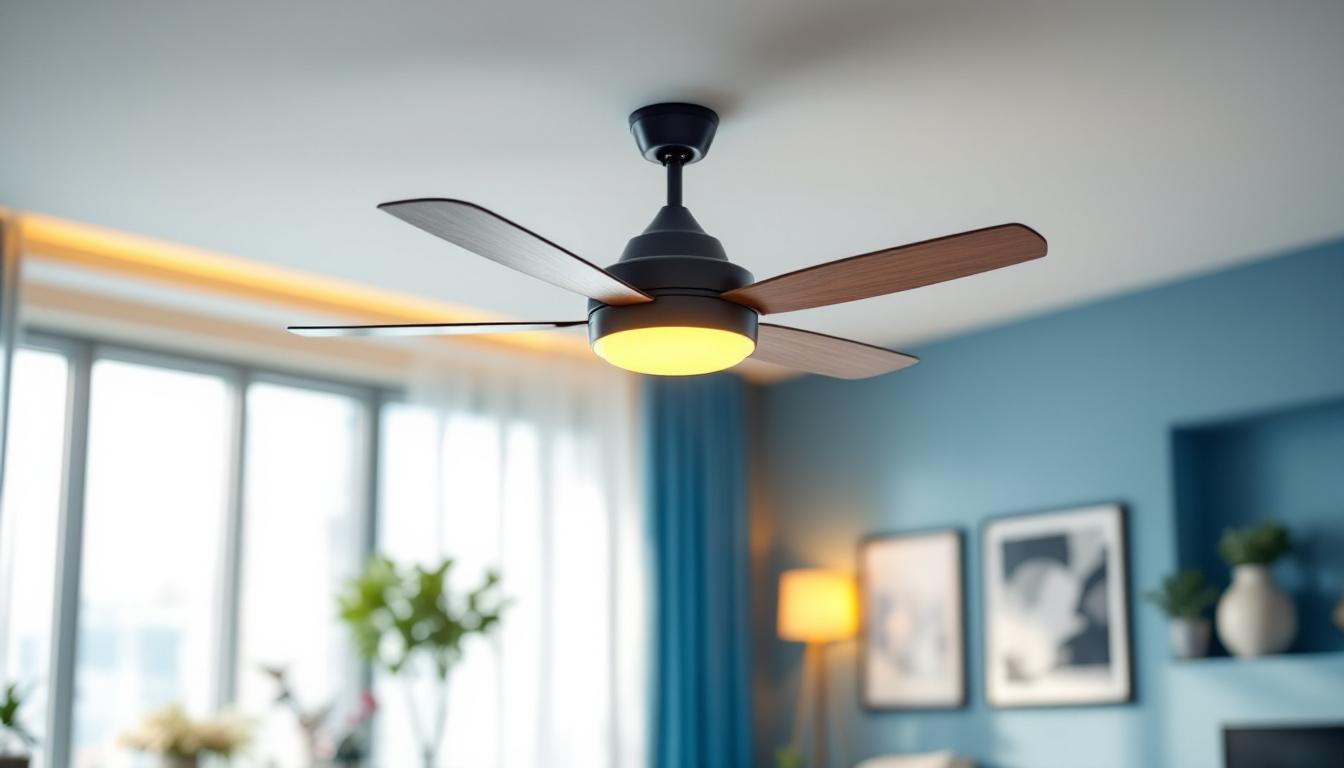
In the realm of outdoor lighting, the choice of light bulbs can significantly impact both aesthetics and functionality. For lighting contractors, understanding the differences between outdoor post light bulbs and their alternatives is crucial for making informed decisions that meet client needs and preferences. This article delves into the various options available, comparing their advantages and disadvantages to help contractors choose the best solutions for their projects.
Outdoor post light bulbs are specifically designed for use in exterior fixtures, providing illumination for pathways, gardens, and other outdoor spaces. These bulbs come in various styles, shapes, and technologies, each offering unique benefits. The right choice of bulb can not only enhance the aesthetic appeal of outdoor areas but also improve safety and functionality, ensuring that spaces are well-lit and inviting during the evening hours.
When selecting outdoor post light bulbs, contractors typically encounter several types, including incandescent, LED, and CFL bulbs. Each type has its own characteristics that can influence the choice depending on the project requirements. Understanding the nuances of each bulb type can help in making informed decisions that align with both budgetary constraints and desired lighting effects.
Incandescent bulbs have been a staple in outdoor lighting for decades. They produce a warm, inviting glow that many homeowners prefer. However, they are less energy-efficient compared to newer technologies. With a shorter lifespan and higher energy consumption, incandescent bulbs may not be the best choice for long-term outdoor lighting solutions. Additionally, these bulbs are sensitive to temperature fluctuations, which can affect their performance in extreme weather conditions. Despite these drawbacks, their affordability and ease of replacement make them a common choice for temporary or seasonal lighting setups.
LED bulbs have gained immense popularity in recent years due to their energy efficiency and longevity. They consume significantly less power than incandescent bulbs and can last up to 25 times longer. Additionally, LED bulbs are available in various color temperatures, allowing contractors to create specific atmospheres in outdoor spaces. From warm whites that mimic traditional bulbs to cooler tones that enhance modern landscapes, the versatility of LED lighting can cater to diverse design preferences. Furthermore, many LED options are now equipped with smart technology, enabling users to control brightness and color remotely, adding convenience and customization to outdoor lighting.
Compact fluorescent lamps (CFLs) are another alternative that offers improved energy efficiency over incandescent bulbs. While they are more efficient, CFLs tend to have a longer warm-up time and may not provide the instant brightness that some projects require. Moreover, their lifespan is generally shorter than that of LEDs, making them a less favorable option for outdoor post lighting. However, CFLs can still be a cost-effective choice for areas where lights are not frequently turned on and off, as their energy savings can accumulate over time. Additionally, advancements in CFL technology have led to the development of more compact and versatile designs, allowing for greater flexibility in fixture compatibility and placement.
While outdoor post light bulbs are a popular choice, there are several alternatives that contractors may consider. Understanding the pros and cons of each option is essential for making the right decision.
Solar-powered lights have become increasingly popular for outdoor applications, especially in areas where running electrical lines is impractical. These lights harness solar energy during the day and use it to power LED bulbs at night.
One of the main advantages of solar-powered lights is their low operating cost. Once installed, they require minimal maintenance and no electricity costs. Additionally, they can be placed in remote locations without the need for wiring, making them a versatile option for contractors. Many solar lights also come equipped with motion sensors or timers, allowing for enhanced security and energy efficiency. This feature can deter potential intruders while conserving battery life, as lights only activate when needed.
However, solar-powered lights also come with limitations. Their performance can be heavily influenced by weather conditions, as cloudy days may reduce their charging capacity. Furthermore, the brightness and quality of light can vary significantly between different solar products, which may not always meet client expectations. Additionally, the lifespan of solar batteries can be a concern, as they may need replacement after a few years, adding to the long-term costs of these lighting solutions.
Low voltage lighting is another alternative that contractors may consider for outdoor spaces. This system operates at a lower voltage, typically 12 volts, making it safer and easier to install than traditional line voltage systems.
One of the primary benefits of low voltage lighting is its flexibility in design. Contractors can easily adjust the layout and positioning of fixtures without the complexities associated with high voltage systems. Additionally, low voltage lights can be energy-efficient, especially when using LED bulbs. The ability to create a layered lighting effect enhances the aesthetic appeal of outdoor spaces, allowing for creative designs that highlight landscaping features or architectural details. This adaptability makes low voltage systems particularly appealing for residential projects, where customization is often a priority.
On the downside, low voltage lighting may not provide the same level of brightness as traditional outdoor post light bulbs. This can be a concern in larger outdoor areas where more illumination is needed. Furthermore, the installation of a transformer is necessary, which can add to the overall project cost. Additionally, low voltage systems may require more frequent bulb replacements compared to traditional lighting, depending on the quality of the fixtures used. This aspect can lead to increased maintenance efforts over time, which contractors must communicate to clients when discussing options.
When selecting outdoor post light bulbs or alternatives, several factors should be taken into account to ensure the best outcome for the project.
Understanding the client’s preferences is crucial in the decision-making process. Some clients may prioritize energy efficiency, while others may focus on aesthetics or brightness. Engaging in a thorough discussion with clients about their needs and preferences can guide contractors in selecting the most suitable lighting solutions. Additionally, it is essential to consider the style of the property and the surrounding landscape. For example, a modern home may benefit from sleek, minimalist fixtures, while a rustic property might be better complemented by vintage-style lanterns. By aligning the lighting choices with the client’s vision, contractors can enhance the overall appeal of the space.
The installation environment plays a significant role in determining the best lighting option. Factors such as climate, location, and the intended use of the space should be considered. For instance, areas with heavy snowfall may require more robust fixtures, while coastal regions may necessitate corrosion-resistant materials. Furthermore, the amount of natural light available in the area can influence the choice of lighting; spaces that receive ample daylight may not require as much artificial illumination, allowing for a more subtle approach. Understanding the unique characteristics of the installation environment can lead to better functionality and longevity of the lighting solutions.
Budget is often a determining factor in the choice of lighting solutions. While LED bulbs and solar-powered lights may have higher upfront costs, their long-term savings on energy bills and maintenance can make them more economical in the long run. Contractors should provide clients with a comprehensive cost analysis to help them make informed decisions. Additionally, it is beneficial to explore financing options or incentives for energy-efficient installations, as many municipalities offer rebates for eco-friendly lighting solutions. By presenting clients with various financial strategies, contractors can help them achieve their desired lighting effects without overspending, ensuring that the project remains within budget while still meeting their aesthetic and functional needs.
To ensure successful outcomes in outdoor lighting projects, contractors should follow best practices that enhance both the quality of work and client satisfaction.
Before starting any project, conducting a thorough assessment of the site is essential. This includes evaluating existing lighting, identifying potential obstacles, and considering the specific needs of the outdoor space. A well-planned approach can help avoid common pitfalls and ensure a smoother installation process.
The lighting industry is continuously evolving, with new technologies and trends emerging regularly. Lighting contractors should stay informed about the latest advancements in outdoor lighting, including energy-efficient products and smart lighting solutions. This knowledge not only enhances their expertise but also allows them to offer clients the most innovative options available.
Contractors should aim to provide clients with comprehensive recommendations that encompass various lighting options. By presenting the pros and cons of each choice, clients can make informed decisions that align with their preferences and budget. This transparency fosters trust and enhances the contractor-client relationship.
Choosing the right outdoor post light bulbs or alternatives is a critical decision for lighting contractors. By understanding the various options available, considering client preferences, and evaluating the installation environment, contractors can make informed choices that enhance outdoor spaces. Whether opting for traditional bulbs, solar-powered lights, or low voltage systems, the key lies in balancing aesthetics, functionality, and efficiency. By adhering to best practices and staying updated on industry trends, contractors can ensure successful outcomes and satisfied clients in their outdoor lighting projects.
Ready to elevate your outdoor lighting projects with the best in quality and value? Look no further than LumenWholesale, where we offer an extensive selection of spec-grade lighting products designed to meet the needs of discerning contractors. Say goodbye to inflated markups and hello to superior lighting solutions that fit your budget. With our commitment to hassle-free bulk buying and free shipping, you can trust that you’re getting premium lighting without any hidden fees. Don’t compromise on quality or cost—choose LumenWholesale for Wholesale Lighting at the Best Value and light up your outdoor spaces with confidence.

Discover everything about dusk to dawn lights, their benefits for lighting contractors, and how they enhance security and energy efficiency.

Explore innovative strategies used by smart lighting contractors to retrofit spaces with energy-efficient solutions.

Discover the essential checklist for lighting contractors working with outside power boxes.

Discover how decorative ceiling fans with lights can transform your space while ensuring your lighting projects are future-proof.